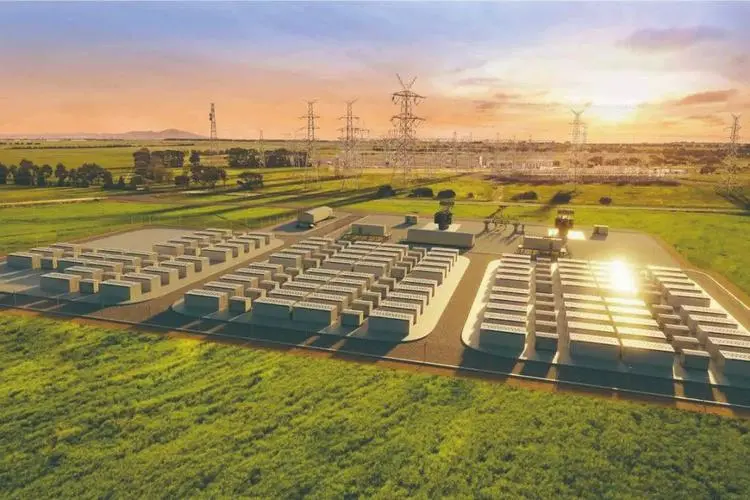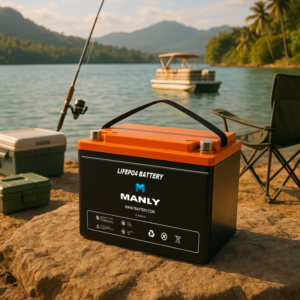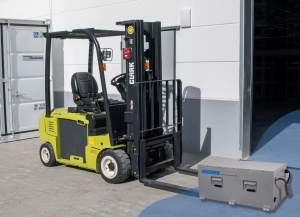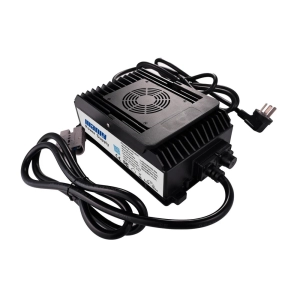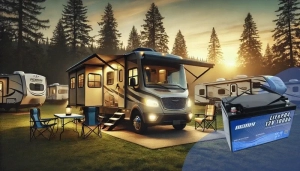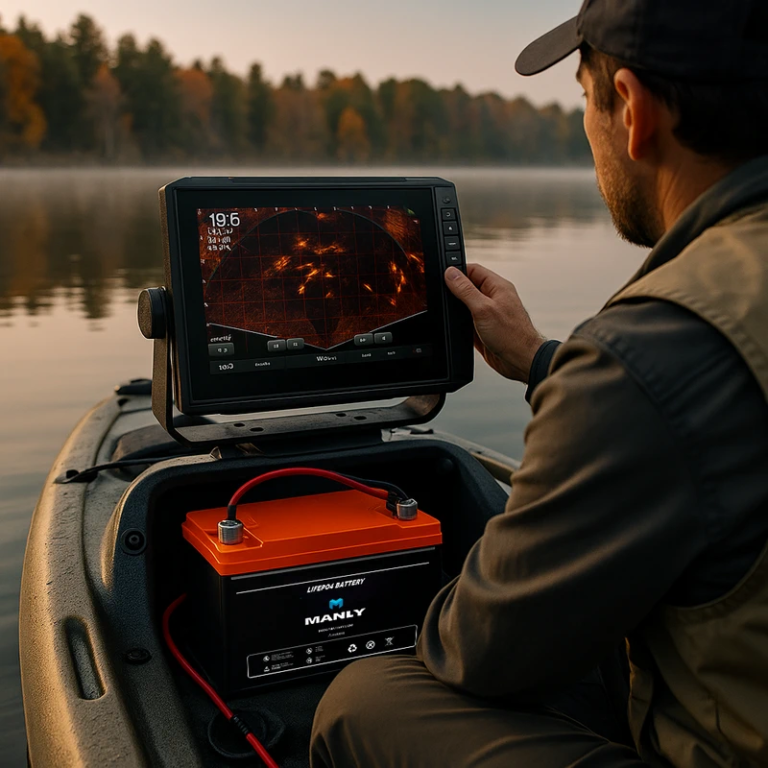Explorando tipos de baterías de iones de litio para ESS
Tabla de contenido
- Explorando tipos de baterías de iones de litio para ESS
- 1. Una inmersión profunda en los tipos de baterías de iones de litio
- 2. Factores clave para maximizar la producción de la batería ESS
- 3. Abordar la preocupación por la fuga térmica en las baterías
- 4. Why ESS Doesn't Sweat Over Battery Dimensions and Heft
- 5. Baterías ESS y LFP: cruciales para el futuro de las energías alternativas
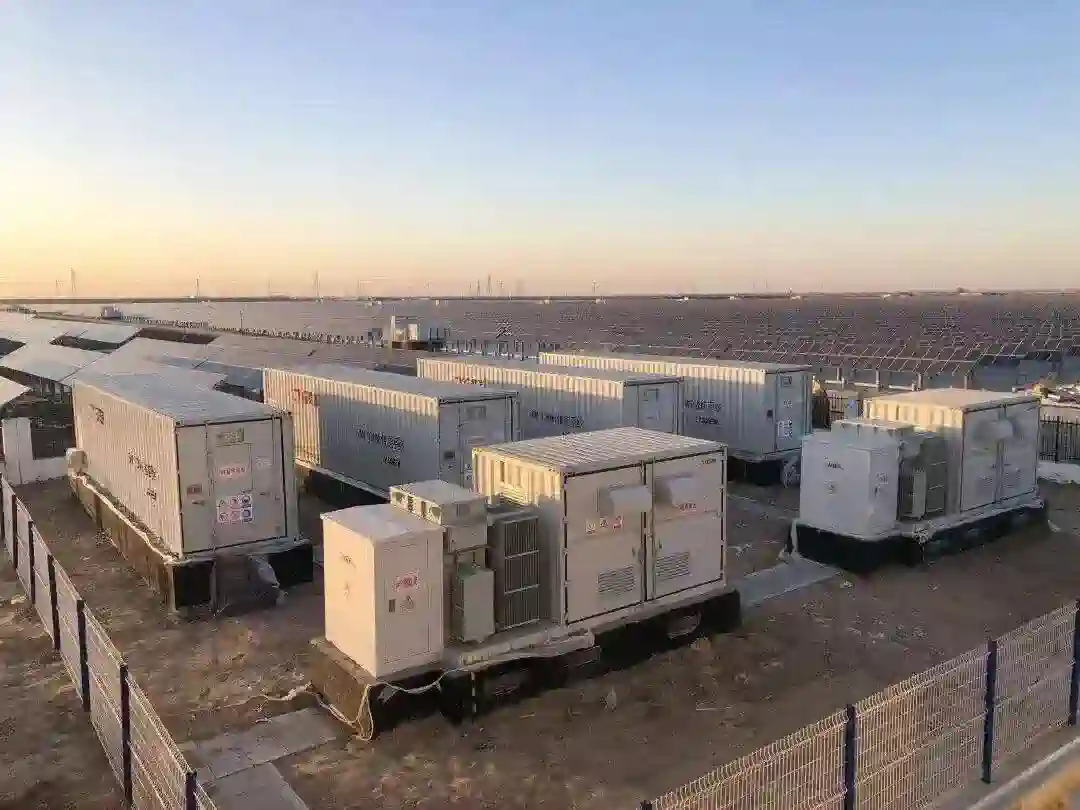
1. Una inmersión profunda en los tipos de baterías de iones de litio
1.1 Fosfato de hierro y litio (LFP)
LFP batteries are top dogs in the ESS world. They're a cleaner option because LFP uses iron. Compared to cobalt and nickel, iron's a greener pick. Iron's also cheaper and easier to find, which drops costs. Making them costs less too.Tesla's head honcho, Elon Musk, thinks all fixed storage items will shift to LFP battery chemistry.LFPs don't pack as much power for their size. But, this isn't a big deal for ESS like it is for electric cars, since ESS can spread out more. Sure, LFP batteries weigh more, but that's just an install issue. They're also safer with less risk of overheating and last longer with 2,000 to 5,000 cycles. MANLY Battery is professional proveedor de baterías and offer higher performance and safer LiFePO4 battery. Experience the longevity of our batteries, boasting 8,000 cycles and backed by a decade-long warranty.Not only are they built for performance, but safety is at the forefront with features like short-circuit, overcharge, and over-discharge protections. Every Batería varonilestá diseñado con un circuito equilibrado, lo que garantiza una entrega de energía constante. Y para aquellos que buscan configuraciones flexibles, nuestras baterías se conectan perfectamente tanto en serie como en paralelo. Con capas adicionales de protección contra sobretensión y sobrecorriente, elegir MANLY Battery es una inversión en confianza y excelencia.
1.2 Litio Níquel Manganeso Cobalto (NMC)
NMC batteries are a lithium-ion favorite for good reasons. They're power-packed and are safer when it comes to overheating.But, they don't last as long as LFPs, usually between 1,000 to 2,000 cycles.They also need cobalt and nickel. These are pricier and not so eco-friendly. There are worries about running out of these minerals, which could jack up costs and limit supply.1.3 Litio Níquel Cobalto Aluminio (NCA)
NCA batteries are kind of like NMCs but with key twists. They store more energy for their size but can overheat easier. Like NMCs, they last around 1,000 to 2,000 cycles and need cobalt and nickel.1.4 Óxido de litio y manganeso (OVM)
LMOs lost their cool quick. They're like LFPs but don't last as long, usually just 500-800 cycles.They cost a tad less to make than LFPs, but their shorter life jacks up long-term costs.LMOs charge up fast, have solid power, and work well even when it's hot. They're mostly in portable tools, medical gear, and some electric cars.1,5 Óxido de litio y cobalto (LCO)
LCOs are among the first lithium-ion types. They're common in laptops and phones with low power needs. They're great for light setups without needing a lot of power since they keep energy flowing for a while.But, LCOs have a short life, usually 500 to 1,000 cycles, and can't handle heat. That's why they're a no-go for ESS.1.6 Titanato de Litio (LTO)
LTOs are the long-livers, with up to 10,000 cycles and pollute less than most other batteries. They juice up quick, but that might not be a must-have for ESS.They don't store a lot of energy for their size, making them pricey. For instance, while other batteries store 120 to 500 watt-hours per kilo, LTOs do about 50 to 80.2. Factores clave para maximizar la producción de la batería ESS
2.1 Conteo de ciclos alto:
Different batteries have varied lifespans based on how many charge and discharge cycles they can complete before showing significant performance loss. Modern EV batteries last longer. Typical car manufacturer battery warranties are around eight years or 100,000 miles, but it largely depends on the type of battery used for storage.Energy storage systems need a high cycle life as they operate continually, charging and discharging. Battery capacity decreases with each charge and discharge cycle. When a lithium-ion battery can only retain 70% to 80% of its capacity, it's reached its lifespan. The best lithium-ion batteries can function for up to 10,000 cycles, while the lower-end ones last about 500 cycles.2.2 Potencia máxima:
Energy storage systems need to support surges in power demand as they're used to meet energy needs during peak grid demand times.Energy demands aren’t consistent, but ESS can shift charging times to when energy is cheaper or more available. By storing energy during low-demand times and releasing it when needed, costs can be significantly reduced.2.3 Bajo Costo de Producción:
Energy storage systems require a lot of batteries to meet energy demands. For instance, the amount of energy used per hour is measured in megawatt-hours (MWh). For EV batteries, it's in kilowatt-hours (kWh). That's a difference of 1,000 times!Given the sheer number of batteries needed for ESS, pricier battery tech isn't economically viable.